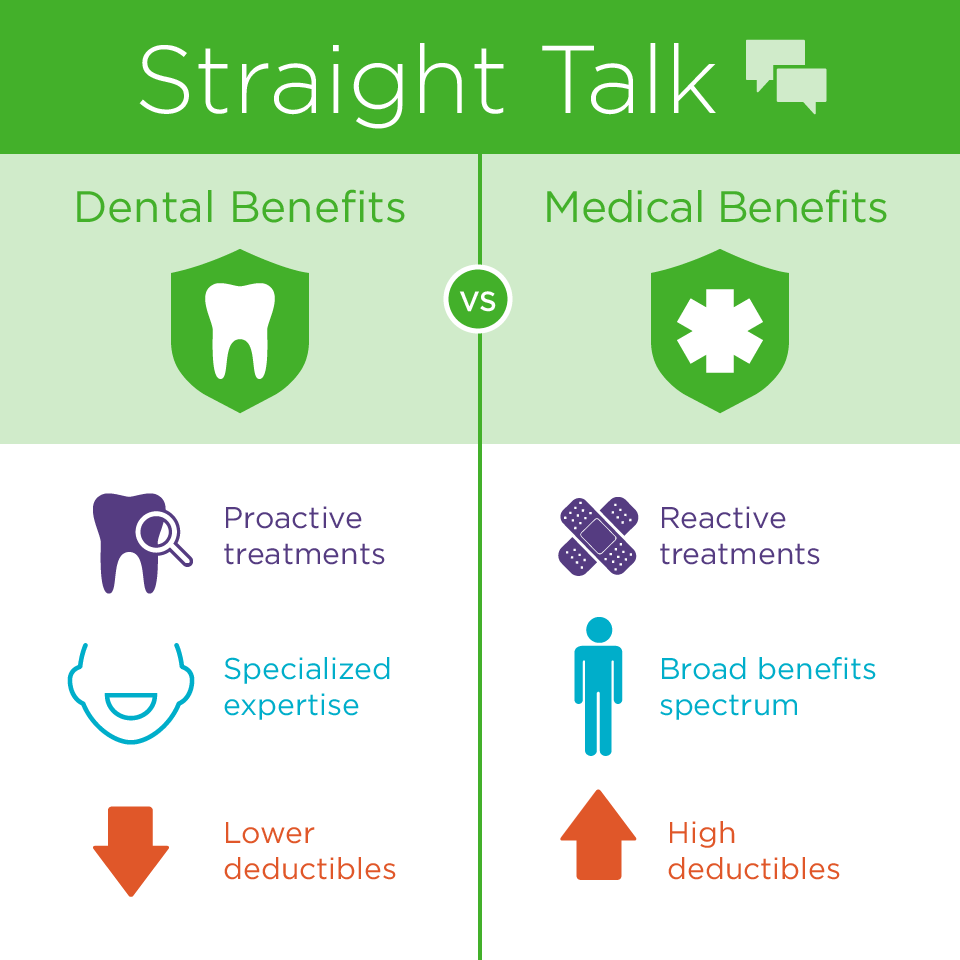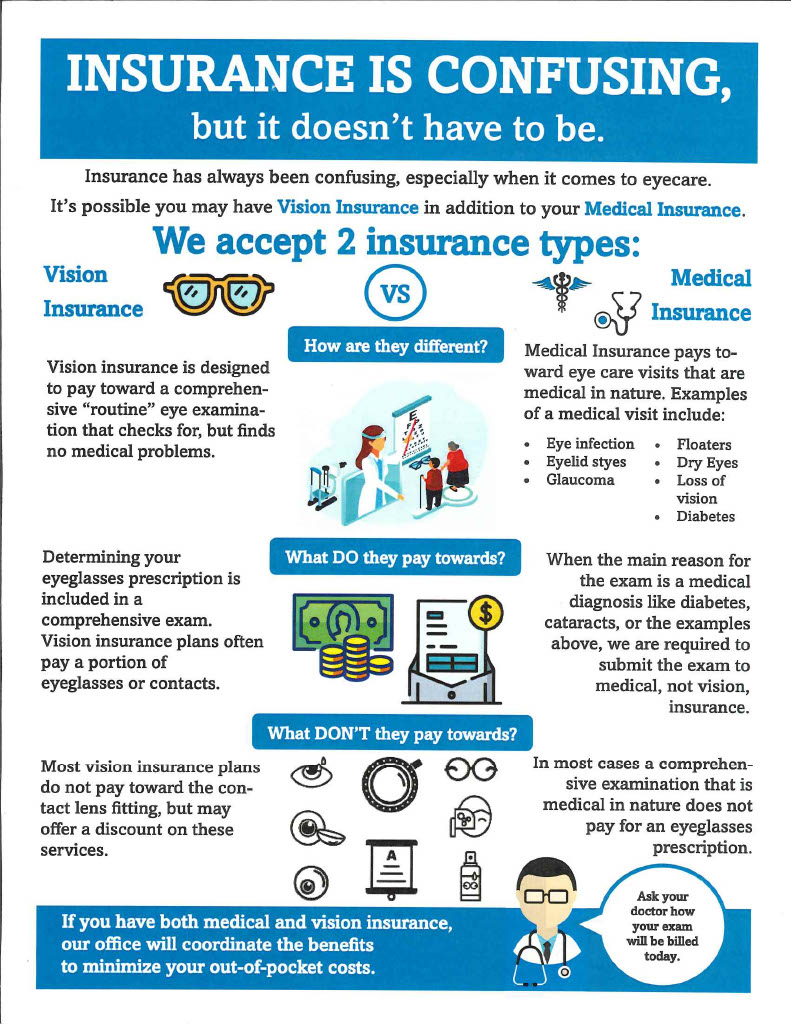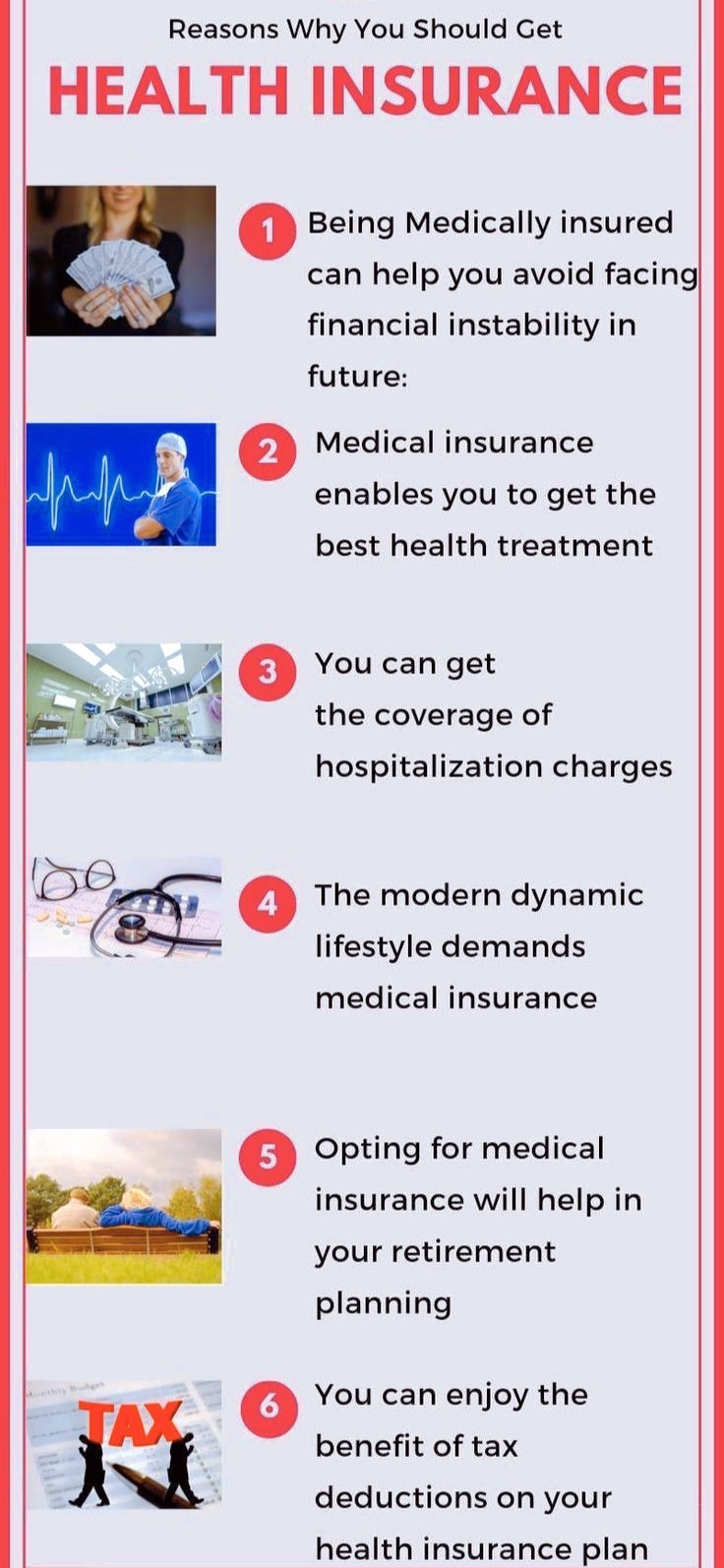The Ultimate Guide To Medicare Advantage Agent
The Ultimate Guide To Medicare Advantage Agent
Blog Article
Some Known Facts About Medicare Advantage Agent.
Table of ContentsRumored Buzz on Medicare Advantage AgentA Biased View of Medicare Advantage AgentMedicare Advantage Agent Things To Know Before You Buy

adheres to from puzzling the relatively young age account of the uninsured with the far better health, generally, of more youthful persons. This covers the link in between health and wellness condition and health insurance coverage. For those without access to work environment wellness insurance coverage, bad health and wellness is a possible obstacle to purchasing nongroup insurance coverage since such protection may be extremely valued, exclude preexisting problems, or be merely not available. The number of uninsured Americans is not specifically big and has actually not altered in recent times. Seven out of ten respondents in an across the country representative survey assumed that fewer Americans did not have medical insurance than really do(Fronstin, 1998). About half(47 percent )thought that the number of people without wellness insurance reduced or continued to be consistent over the latter fifty percent of the last years(Blendon et al., 1999). This decline of practically 2 million in the variety of people 'without insurance policy (a reduction
of around 4 percent)is absolutely a positive adjustment. With a softer economy in 2000 the most up to date reported gains in insurance coverage may not proceed(Fronstin, 2001 ). The decline in the variety of uninsured will not proceed if the economic situation stays slow and healthcare prices continue to exceed inflation. This is since the information were accumulated for a duration of solid financial performance. Of the approximated 42 million individuals who were uninsured, all however about 420,000(about 1 percent)were under 65 years of age, the age at which most Americans end up being eligible for Medicare; 32 million were grownups in between ages 18 and 65, around 19 percent of all grownups in this age; and 10 million were youngsters under 18 years old, about 13.9 percent of all youngsters (Mills, 2000). These quotes of the number of individuals without insurance are produced from the annual March Supplement to the Current Population Survey (CPS), performed by the Census Bureau. Unless otherwise kept in mind, national quotes of people without wellness insurance and percentages of the populace with various sort of coverage are based on the CPS, the most widely used resource of estimates of insurance policy protection and uninsurance rates. These studies and the price quotes they yield are explained briefly in Table B. 1 in Appendix B - Medicare Advantage Agent. These studies vary in size and sampling methods, the questions that are asked about insurance
All About Medicare Advantage Agent
insurance coverage, and the time duration over which insurance coverage or uninsurance is determined(Lewis et al., 1998, Fronstin, 2000a ). Still, the CPS is particularly beneficial since it produces yearly price quotes relatively rapidly, reporting the previous year's insurance policy protection estimates each September, and due to the fact that it is the basis for a consistent set of quotes for even more than 20 years, enabling for evaluation of patterns in protection gradually.

Excitement About Medicare Advantage Agent
Over a three-year period starting early in 1993, 72 million people, 29 percent of the U.S. populace, were without insurance coverage for a minimum of one month. Within a single year(1994), 53 million people experienced at the very least a month without insurance coverage(Bennefield, 1998a). 6 out of every ten without insurance adults are More Bonuses themselves utilized. Although functioning does enhance the likelihood that a person and one's relative will have insurance policy, it is not a guarantee. Also members of family members with two permanent wage earners have virtually a one-in-ten opportunity of being uninsured (9.1 percent uninsured price)(Hoffman and Pohl, 2000 ). The relationship between medical insurance and access to care is well developed, as recorded later in this phase. Although the relationship in between health insurance policy and wellness outcomes is neither direct neither basic, an extensive medical and health solutions study literary works links medical insurance coverage
to improved access to care, better high quality, and boosted individual and populace wellness status. For instance, the 2nd report, on personal health and wellness outcomes for without insurance grownups, is stood for by the innermost circle of the figure, while the 3rd record, on household wellness, includes the subjects of the second report but emphasizes a different system of evaluation, specifically, the family. The 6th report in the collection will present details regarding techniques and initiatives undertaken in your area, statewide, or nationally to resolve the lack of insurance policy and its damaging influences. Degrees of analysis for taking a look at the impacts of uninsurance. This conversation of wellness insurance policy coverage focuses largely on the U.S. populace under age 65 because virtually all Americans 65 and older have Medicare or various other public coverage.
It concentrates specifically on those without any kind of health and wellness insurance coverage for any kind of length of time. The troubles faced by the underinsured remain in some areas similar to those dealt with by the uninsured, although they are typically much less severe. Uninsurance and underinsurance, nevertheless, involve clearly various plan problems, and the methods for addressing them may vary. Throughout this study and the 5 records to comply with, the major emphasis is on individuals without medical insurance and thus no assistance in paying for healthcare past what is offered with charity and safeguard organizations. Health and wellness insurance is an effective variable affecting receipt of care since both patients and medical professionals reply to the out-of-pocket cost of solutions. Wellness insurance coverage, nonetheless, is neither essential neither enough to access to medical solutions. The independent and straight effect of wellness
insurance insurance policy on access accessibility health health and wellness is well establishedDeveloped Others will obtain the healthcare they require also without medical insurance, by paying for it out of pocket or seeking it from carriers that supply treatment totally free or at highly subsidized prices. For still others, health and wellness insurance policy alone does not guarantee invoice of care as a result of various other nonfinancial barriers, such as a lack of wellness care carriers in their community, minimal access to transport, illiteracy, or linguistic and cultural differences. Formal research study about uninsured populations in the USA dates to the late 1920s and early 1930s when the Committee on the Price of Medical Treatment created a series of reports concerning funding medical professional office gos to and hospitalizations. This issue ended up being prominent as the varieties of clinically indigent climbed up throughout the Great Depression. Empirical studies constantly sustain the web link in between accessibility to care and boosted wellness results(Bindman et al., 1995; Starfield, 1995 ). Having a routine resource of treatment can be thought about a predictor of gain access to, as opposed to a straight action of it, when health results are themselves utilized as access signs. This expansion of the notion of gain access to dimension was made by the IOM Committee on Checking Gain Access To to Personal Healthcare Solutions(Millman, 1993, p. Whether or not parents are guaranteed shows up to impact whether their youngsters get treatment along with how much careeven if the kids themselves have protection(Hanson, 1998). The health of parents can affect their capacity to look after their youngsters and the degree of household stress and anxiety. Fretting concerning their youngsters's access to care is itself a resource of tension for parents. 3 phases follow in this report. Phase 2 supplies an overview of just how employment-based medical insurance, public programs and individual insurance coverage plans operate and engage to offer comprehensive however insufficient coverage of the U.S. population. This consists of an evaluation of historical fads and public policies influencing both public and personal insurance coverage, a conversation of the communications among the different kinds of insurance policy, and an exam of why individuals relocate from one program to one more or wind up

Report this page